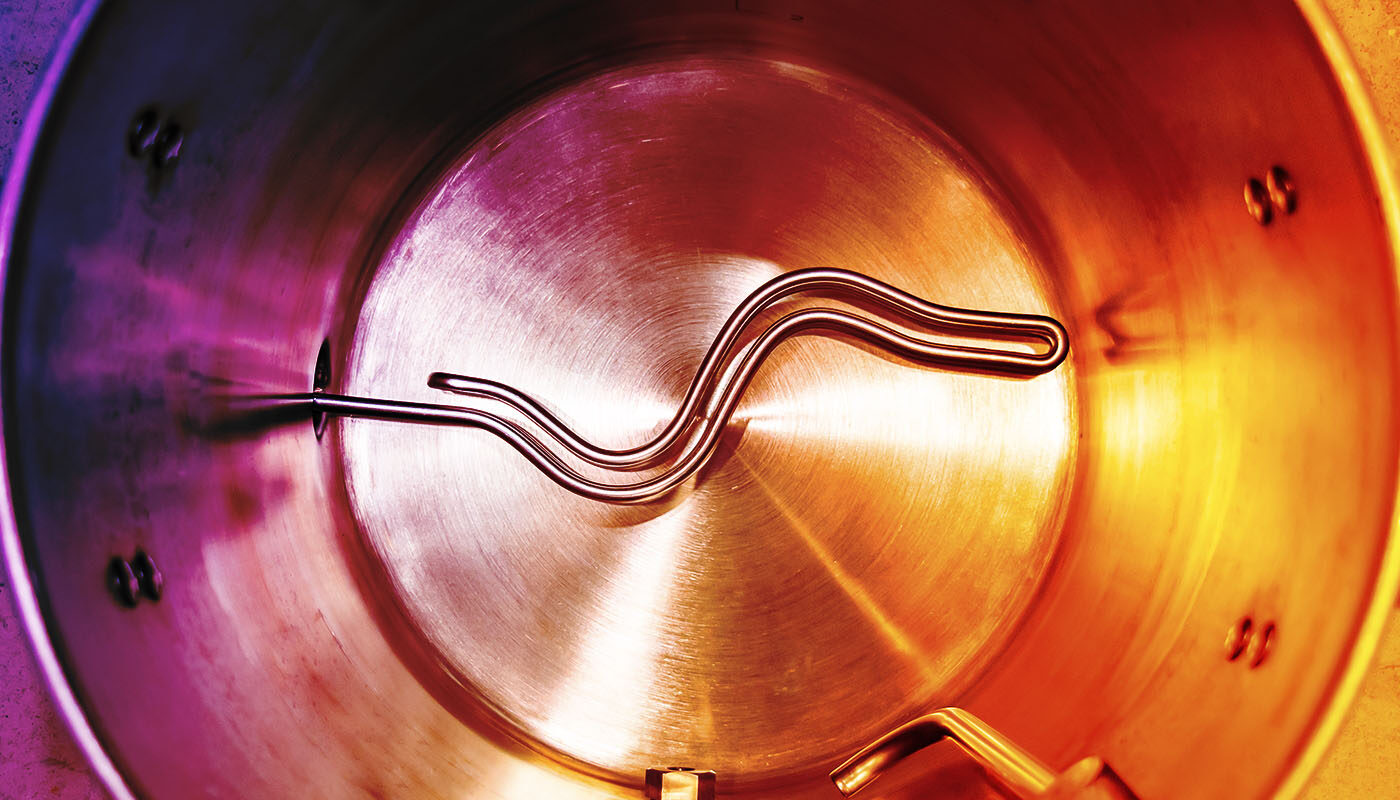Electric brewing has taken the homebrew world by storm, and for good reason! It comes with some awesome benefits and very few real downsides. As someone who made the switch over from propane, I can personally speak to the pros and cons of electric brewing. In some cases, electric brewing does come with a larger initial investment, but it’s actually not as expensive as one may think.
When I initially got back into brewing after a 2-year hiatus, I spent a good chunk of change on some beefy propane burners for a basic 3-vessel system. It was soon after that I realized it would have made a lot more financial sense to invest that money into an all-in-one electric system. Unfortunately, I was under the misconception that electric brewing was unattainable given my budget. As the homebrewing industry is seeing a major shift, here is what I wish I knew 3 years ago.
1. Brewing Indoors
The biggest benefit on this list by far. Electric brewing enables you to brew inside thanks to eliminating the risk of carbon monoxide poisoning from burning propane. Even brewing in a partially open garage can pose a risk of carbon monoxide exposure. Brewing inside lets you escape the elements and comfortably brew year-round (a huge plus for me). While you may need to take steam removal into consideration, it’s a small price to pay for the comfort of brewing inside. Gone are the days of freezing my behind off brewing outside in a cold New England January.
2. No More Propane
I can’t even tell you how much I HATED getting propane just to brew. Electric brewing of course replaces your propane burner with an electric heating element and controller. This has several benefits but the most obvious is eliminating that dreadful trip to the hardware store to get a last-minute propane tank for brew day. Or even worse, running out of propane mid boil! And how can I forget the expense of propane? If you brew several times a month, propane costs will certainly add up. Propane belongs in the grill!
3. More Flexibility and Control
My switch to electric came with much more control over my mash temps. To be fair, you can certainly invest in top-of-the-line automated gas brewing systems, which of course have their own pros and cons. Gone are the days of manually adjusting your flame to adjust mash temps. I love being able to precisely dial in my mash temperature using my controller and have a more hand’s off brew day.
In so many ways, electric brewing feels safer because I’m not constantly working around a very hot burner. With electric, powering the heat source ON or OFF comes with the flick of a switch, rather than using a lighter to start the burners several times over the course of a brew day. If your burner is anything like mine was, I actually had to remove my kettle to start it up. Not a fun task when full of hot wort.
Since I brew indoors, my actual brewing footprint is much smaller and I don’t have to set up and tear down burners every brew day. This just makes early morning or late night brew sessions really hassle-free.
4. It’s Just as Powerful
One of my biggest questions when approaching electric brewing was the ramp-up times for mashing and boiling. How can a single ripple element bring 8 gallons of water up to dough-in temp faster than a raging propane fire? A 5500-watt heating element does a phenomenal job at quickly heating strike water and bringing your wort to a rolling boil. In fact, I usually only fire my element at 35% of its total power once I’ve reached a boil.
I’ve never actually timed any of these things because I feel like it’s just as fast if not faster. The nice part about automation is the set it and forget it approach. I can set my strike temperature and walk away without the worry of overshooting or monitoring an open flame.
5. No Kettle Scorching
This is a small one, but I’ve always hated the black soot buildup I would get on the bottom/sides of my brew kettle. My electric kettle always looks nice and still looks as new as the day I purchased it. I guess in terms of resale value, an electric kettle will likely hold up better over time.
Speaking of flames, electric brewing is eerily quiet. After years of tolerating B-52 jet burners, it’s amazing how peaceful my electric brew day is. Enjoy the soft zizzle of boiling water.
Drawbacks
Of course, electric brewing does come with some minor pitfalls. You’ll likely need an electrician to hook up a 220v outlet dedicated to brewing. It’s really important to have a Ground Fault Circuit Interrupter (GFCI) breaker installed so you don’t kill yourself. Water and electricity simply do not mix so you should always consult a licensed electrician before you do anything. Having said this, it’s much harder to pack up your gear and brew at a friend’s house assuming they don’t have power requirements.
Electric elements and cords are relatively affordable, however, the controller (brain) itself is going to hit you in the wallet the hardest. There are a lot of different options out there and certainly some different DIY approaches you can take. If you’re hesitant to jump all in, induction brewing is probably the most affordable place to start. The main benefit with induction is eliminating the need for drilling a hole in your kettle and you don’t HAVE to invest in a controller right away. This would be the equivalent of brewing on a much more powerful stovetop.
Lastly, electric brewing requires you to have an electric element installed INSIDE your kettle. This can make cleaning a little trickier and of course, will make immersion chillers a little more difficult to use. Depending on your setup, you may need to invest in some sort of false bottom to protect your heating element and give you a surface area for chillers and or brew bags (for BIAB). My element is installed via a 1.5 tri-clover fitting, which makes for really easy removal and a water-tight seal.
Once you brew electric, you never go back. I’m so glad I made the switch and have zero regrets. Once you get set up and have your system in place, you’ll absolutely love the control and benefits it gives you. I would highly encourage new brewers to take a look at the all-in-one eBIAB electric systems on the market. In all honesty, I wish I jumped straight to that YEARS ago. It would have saved me a lot of time, money, and aggravation in my approach to all-grain brewing. The homebrewing industry is absolutely shifting to an electric state of mind so I highly suggest you hop on board if you can.
If you want to take a look at my setup, along with some more technical considerations for building an electric brewery, read about my basement brewery build!




